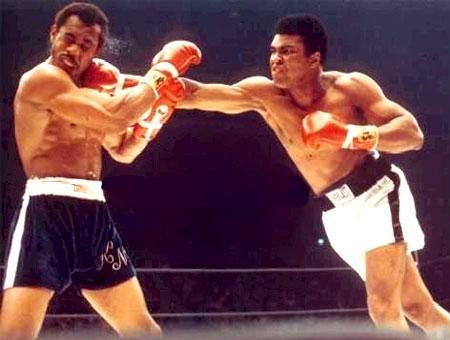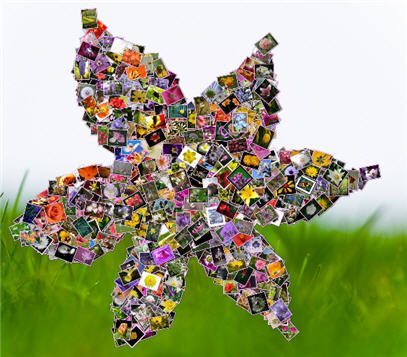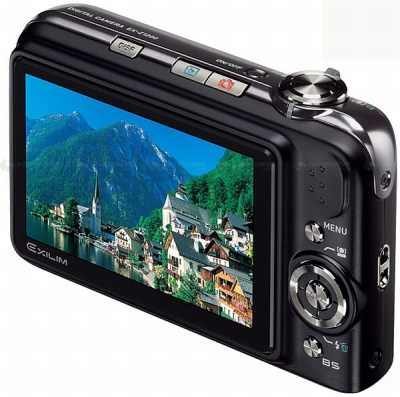 A text is a composition of signs encoded through a writing system, such as the alphabet that goes from A to Z and that all human beings mostly know and use, regularly, to communicate with each other and that it must have a unit of meaning so that it can be first decoded and then understood by the reader. Therefore, the importance of the coding process within texts is recognized.
A text is a composition of signs encoded through a writing system, such as the alphabet that goes from A to Z and that all human beings mostly know and use, regularly, to communicate with each other and that it must have a unit of meaning so that it can be first decoded and then understood by the reader. Therefore, the importance of the coding process within texts is recognized.
Meanwhile, it can also be called text both to a literary work and to a text message; This means that text is any compound of signs that matches what we exposed above regardless of its size or extension. Likewise, in the current framework of the dissemination of digital media, the conception of text is also directed at a specific type of document, in which it is possible to disseminate written content, with the possibility of extension to images, tables, graphics, algorithms and a numerous series of complements that exceed the single organization of conventional language. In the same way, the definition of text is extended to almost informal communication that arises from chatting systems and, above all, from social networks, which present a prior coding, in terms of reducing the amounts of characters.
Furthermore, the concept of text it is closely linked to another, that of discourse, since this is the generation of a text by a sender in a given context, with a specific communicative intention, the latter also being the function par excellence of the text. There can never be a speech without a text, which is, ultimately, what motivates the speech: having something to say. Many linguists now claim that the powerful integration of audiovisual tools is a strong reason to establish a division between discourse and text today, arguing that it is possible to deliver a true discourse with the full guidance of visual dissemination tools. However, not all experts agree, since they consider the use of multimedia elements as a truly independent language, derived from the traditional language and that deserves an independent approach by semiology.
Another important characteristic to understand and deepen even more about the scope of a text, is that it can be monologal, for example a speech or a novel, or it can involve more than one recipient; This can be the case of a conversation between two or more people through chat or that between several people physically and face-to-face in a bar. It is preferred to speak of dialogue to the exchange of text expressions between two individuals and of colloquy when it comes to a larger number. On the other hand, teleconferences are currently a formidable tool for the dissemination of texts, since a remarkable interaction is achieved between the sender (s) and the numerous receivers, sometimes located at great distances from the speaker.
A text that prides itself on being such and well elaborated must meet certain terms which are called textuality conditions, these are: cohesion, coherence, meaning, progressiveness, intentionality and closure. If a text does not observe any of these, then, surely, there will be some inconvenience in terms of understanding what you want to expose. This analysis is a matter of debate among sociologists, since it basically involves an error in the coding that must make the real ubiquity of the issuer be evaluated.
As a consequence of the important diversity of texts that exists, there has been no choice but to classify them according to their function or their internal structure. So we can find texts in which the characteristics predominate narrative, argumentative, commutative and descriptive. The works of art (narrative) in turn have been divided into prose, poetry, epic genres and dramaturgy. On the other hand, scientific texts constitute a particular variant, with defined emitters and contextualized receivers capable of decoding the particular language of these contents.









